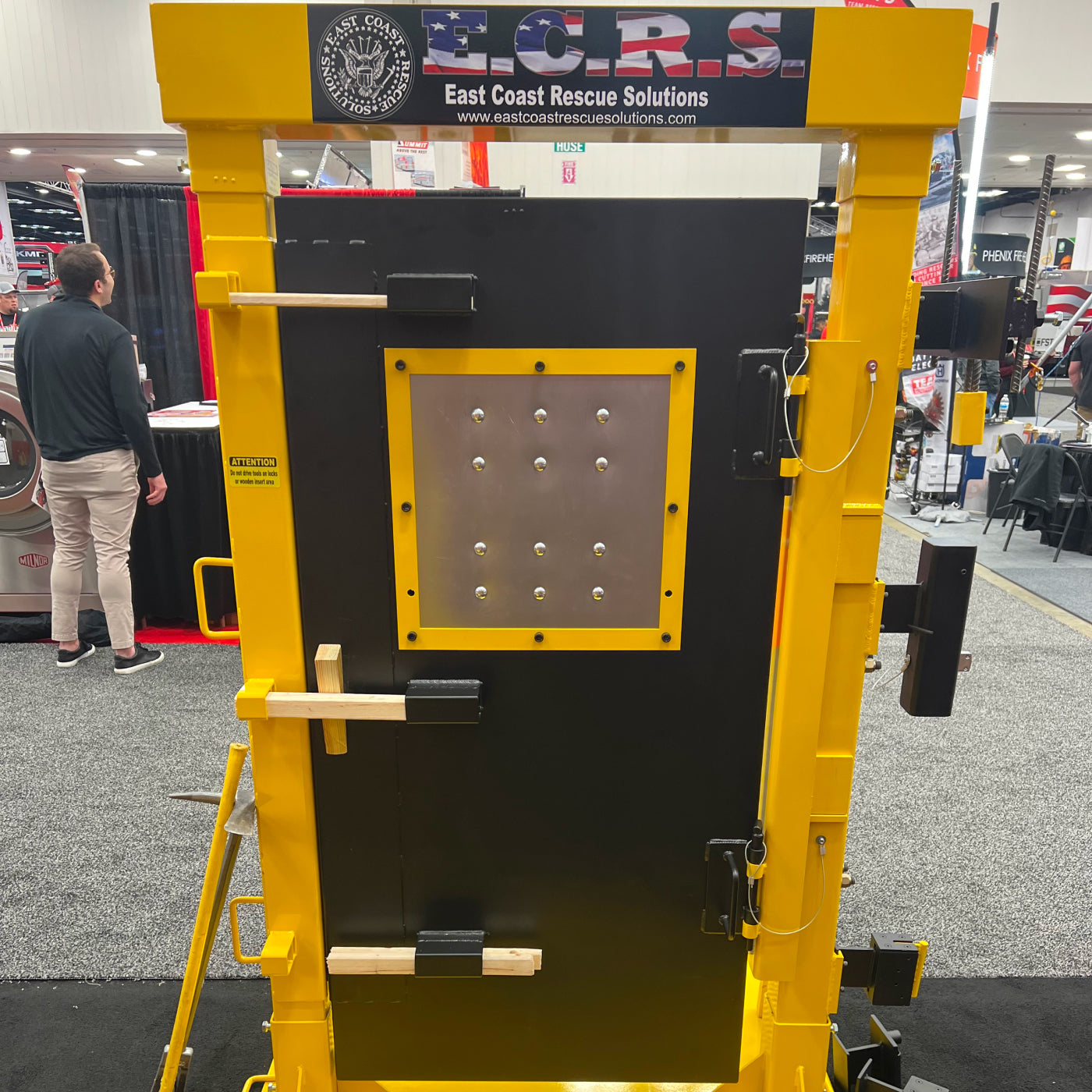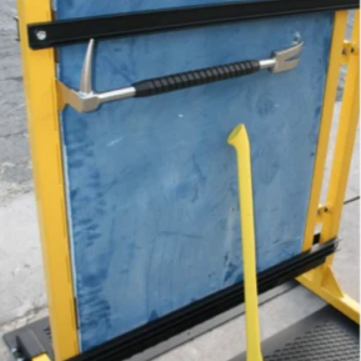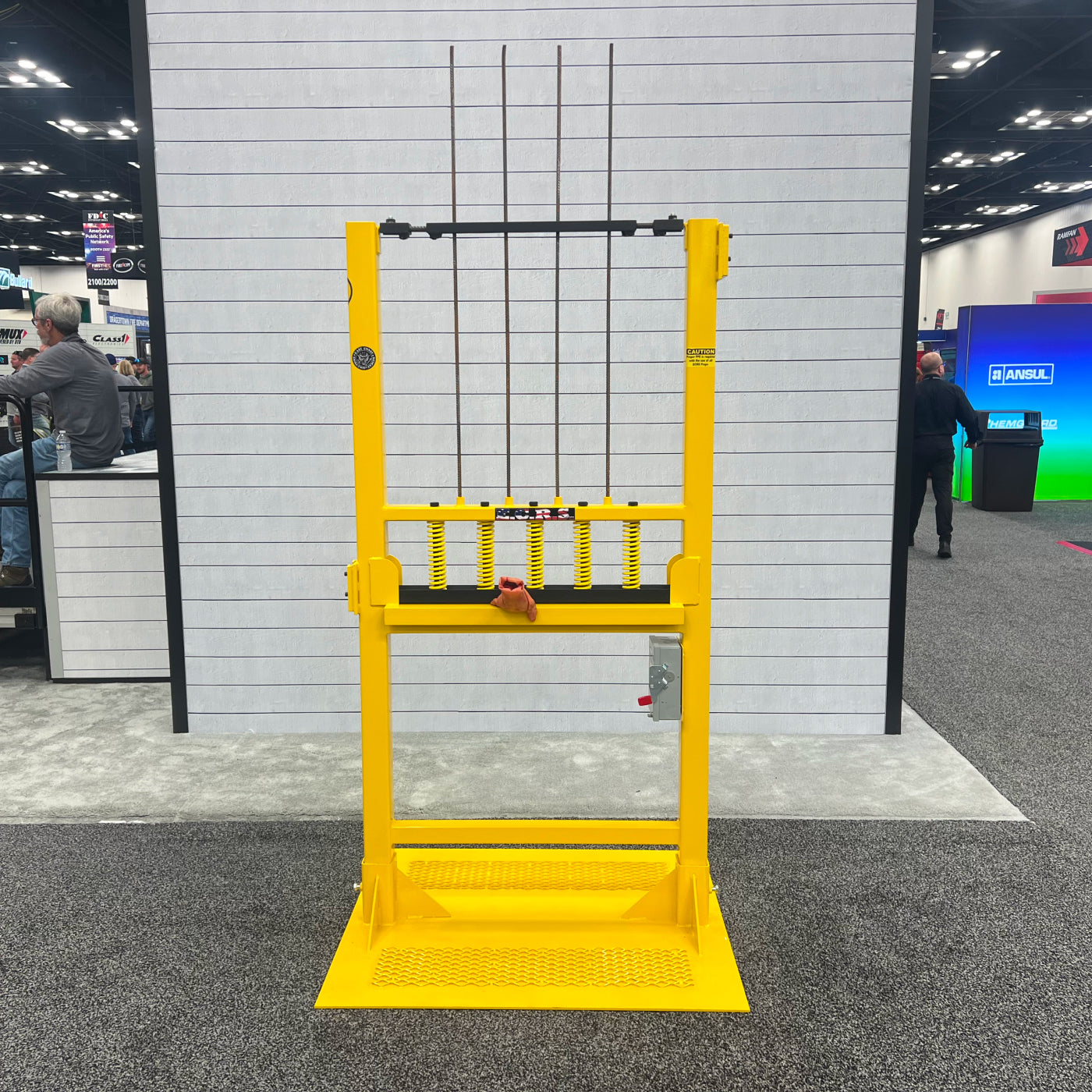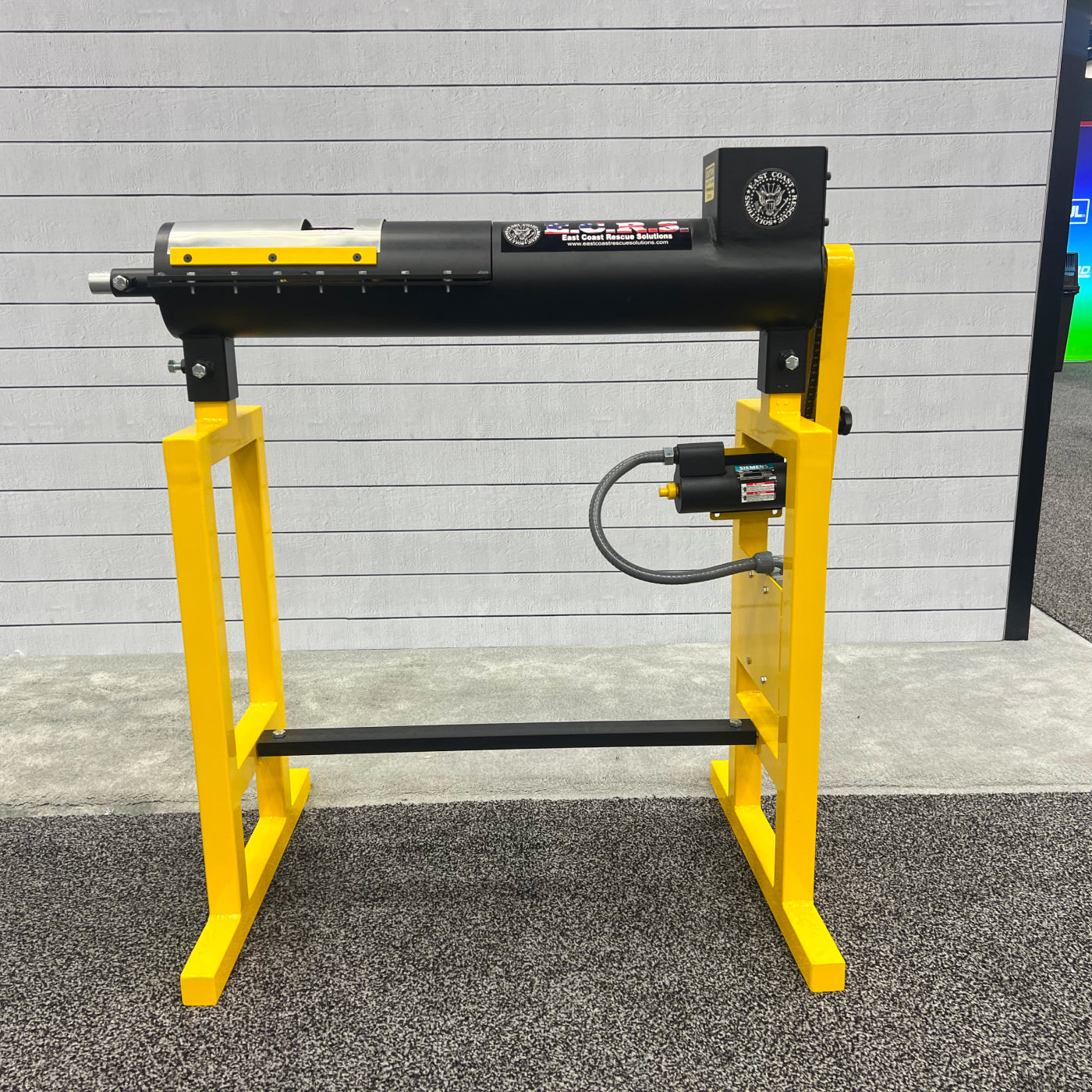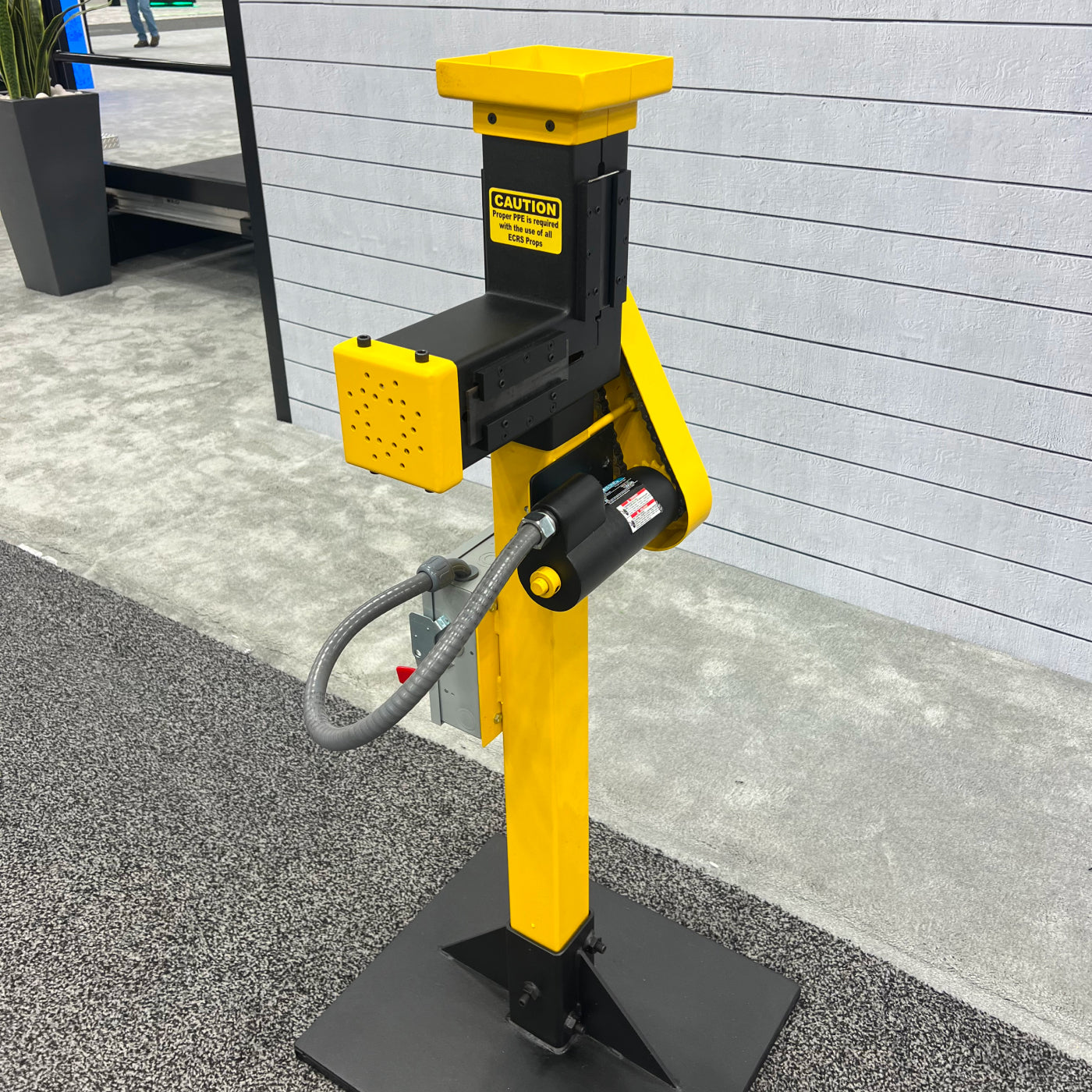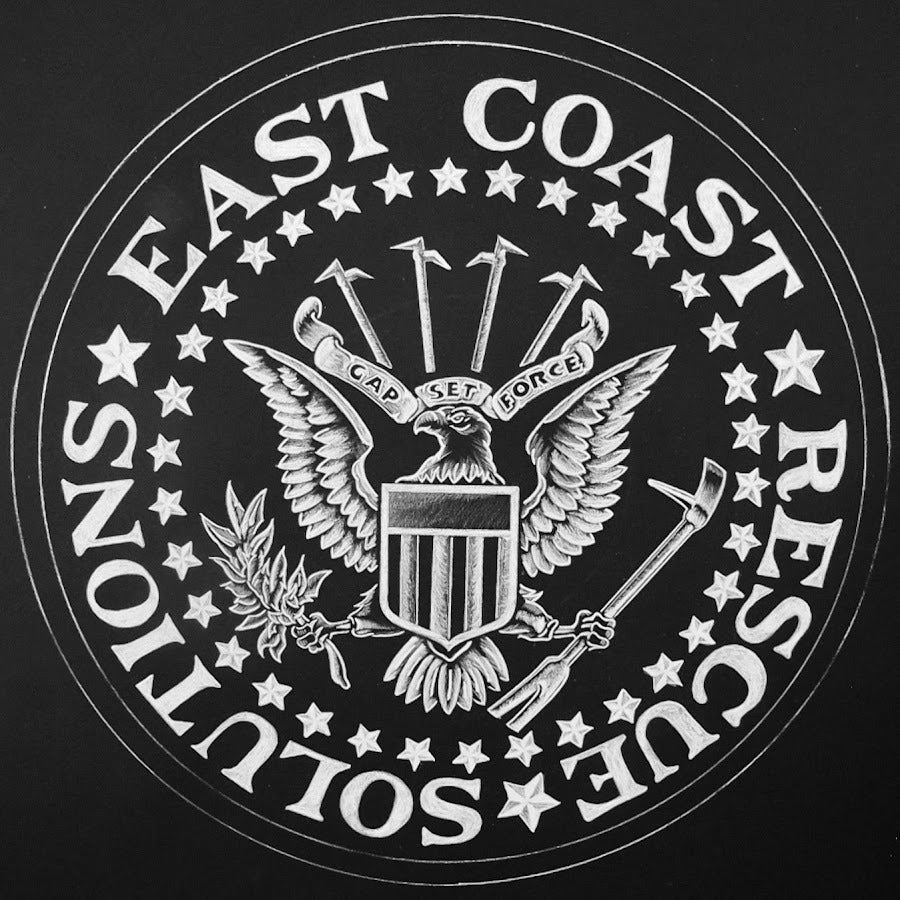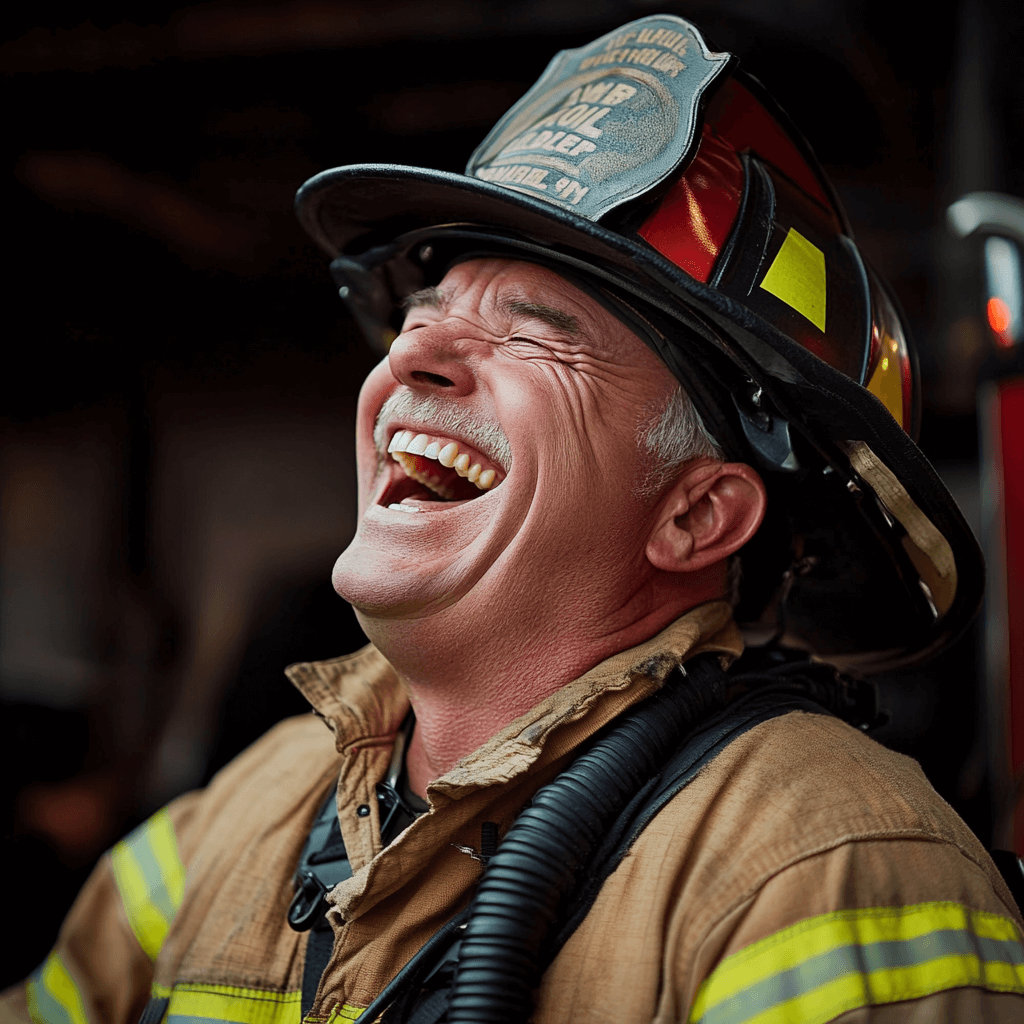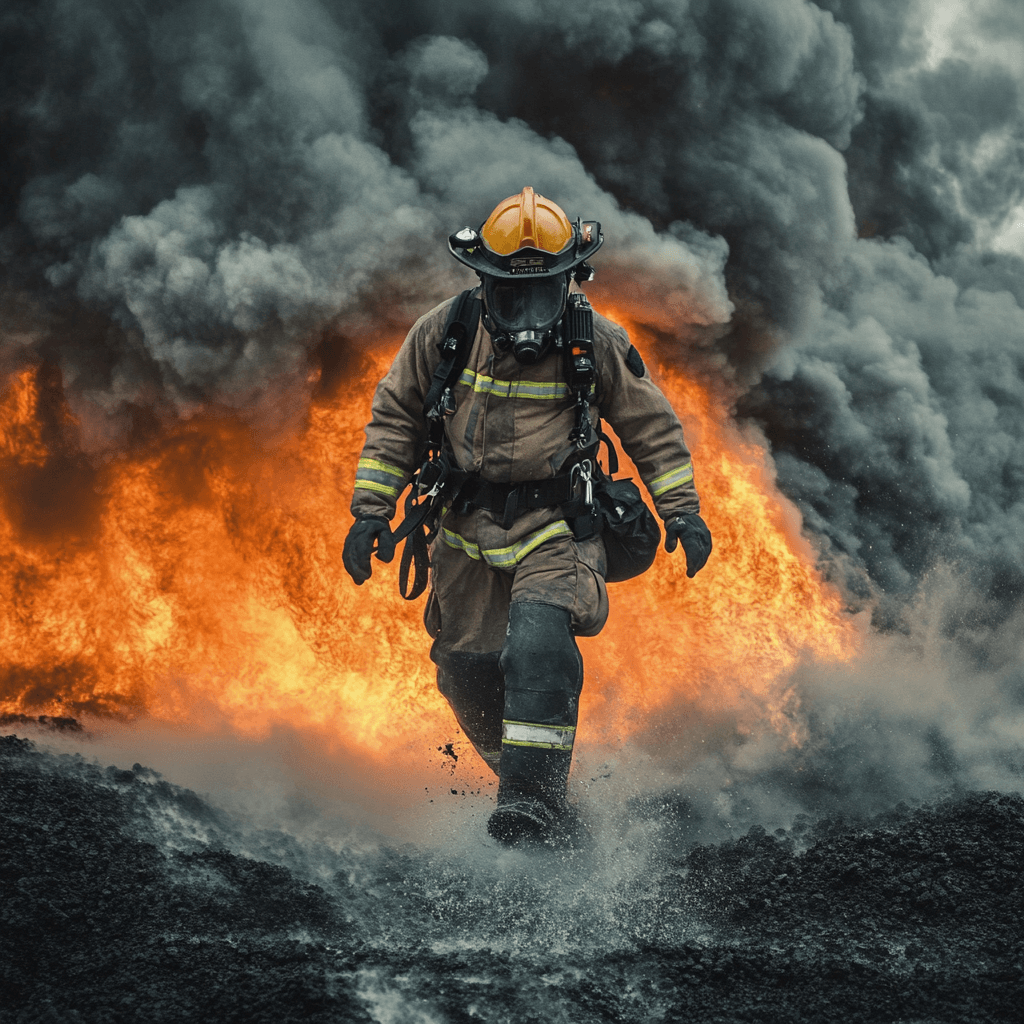When you think of firefighting, you might picture engines racing through city streets. But when you step into the world of wildland firefighting, everything changes.
You’re not facing burning buildings—you’re facing entire mountainsides of flame, unpredictable weather, and grueling physical challenges.
Becoming a wildland firefighter isn’t for everyone. But if you’re up for the challenge, it might just be the most rewarding job you’ll ever do.
Here’s what it’s really like—and how to start your journey.
What Is a Wildland Firefighter? (And How Their Role Differs from Urban Firefighters)
Urban firefighters focus on saving lives and protecting structures in towns and cities. As a wildland firefighter, your mission is different. You're tasked with protecting natural resources, communities near wildlands, and often remote infrastructure like power stations or communication towers.
You’ll fight grass fires, brush fires, and massive forest fires. And instead of engines and hydrants, you’ll rely on hand tools, hose lays through rugged terrain, bulldozers, and aerial support.
✅ Key Difference:
Wildland firefighters often create fire lines by hand, hike miles under heavy load, and work for days or even weeks in remote camps without creature comforts.
A Day in the Life: What Wildland Firefighters Really Do
Forget 9-to-5. Wildland shifts often run 14 to 16 hours when a fire is active.
Your typical day might look like this:
-
Early breakfast before sunrise
-
Hiking 2–10 miles to your assignment
-
Digging fire lines with Pulaskis and chainsaws
-
Setting backfires to control the spread
-
Monitoring weather changes and fire behavior
-
Constantly drinking water to stay hydrated
-
Sleeping in fire camps—or wherever you can
✅ Reality Check:
Some days involve active firefighting. Others? You’re mopping up hotspots, patrolling containment lines, or prepping for flare-ups. The work is exhausting but critical.
Essential Skills Every Wildland Firefighter Must Master
You can’t just be tough—you need sharp skills too. Wildland firefighters must be experts at:
-
Fire behavior analysis — reading smoke, heat, and wind shifts
-
Map reading and navigation — GPS isn’t always reliable in the backcountry
-
Hand tool operation — Pulaski, McLeod, chainsaw use
-
Team communication — radios, hand signals, crew coordination
-
Survival tactics — staying safe if the fire cuts off your escape
✅ Tip:
Staying calm under pressure isn’t optional. When fire behavior shifts, you need to react instantly—and correctly.
The Gear Wildland Firefighters Carry Into Battle
You won't be suited up in heavy turnout gear like a city firefighter. Wildland gear is designed for mobility and heat tolerance, but it still requires discipline to carry it right.
-
Nomex clothing — fire-resistant but breathable
-
Fire shelter — your last resort if trapped
-
Helmet, goggles, and gloves — constant protection
-
Hand tools — Pulaski, McLeod, chainsaw
-
Pack — water (LOTS), food, extra clothes, first aid kit, radio
✅ Reality:
Expect to carry 30–45 pounds during a typical shift—and you’ll hike with it for hours.
Wildland Firefighter Training: How to Prepare Physically and Mentally
Training is no joke. You’ll need both certifications and conditioning before you get on a line.
-
Red Card Certification — Required for wildland firefighters; includes S-130 (firefighter training), S-190 (intro to fire behavior), and L-180 (human factors).
-
Pack Test (Work Capacity Test) — 3 miles wearing a 45-lb pack in 45 minutes or less.
✅ Pro Tip:
Train for uphill hikes with weight, stair climbs, and cardio endurance. And don't neglect mental toughness—wildland firefighting pushes your limits.
Challenges Wildland Firefighters Face That No One Talks About
This isn’t the kind of job where you always look heroic on the news. It's hard. It's dirty. It's isolating.
-
Extreme physical exhaustion — Fatigue is constant.
-
Mental stress — Long deployments mean missing family events, holidays, and stability.
-
Altitude sickness — Fires often burn at high elevations.
-
Wildfire unpredictability — A shift in wind can turn a safe zone into a death trap.
✅ Tip:
If you think you’re having a rough day, so is everyone else on the line. Support your crew—you’re all in it together.
Wildland Firefighter Career Paths: Seasonal, Hotshots, Smokejumpers, and More
Not all wildland firefighters are the same. You can build a whole career moving up through specialized crews:
-
Seasonal Firefighter — Entry-level, typically summer work
-
Engine Crews — Operate wildland fire engines
-
Hand Crews — Hike in and build fire lines by hand
-
Hotshot Crews — Elite teams that take on the toughest, most remote fires
-
Smokejumpers — Parachute into inaccessible fires—highest risk, highest skill
✅ Tip:
Starting on a hand crew gives you the best foundation. From there, you can move into specialized, high-intensity roles like Hotshot or Smokejumper.
How to Start Your Journey: Steps to Become a Wildland Firefighter
Ready to get started? Here’s the path:
-
Get Fit — Start endurance and strength training immediately.
-
Complete Basic Training — S-130, S-190, L-180 (sometimes through local colleges, online, or during employment).
-
Pass the Pack Test — You’ll need your Work Capacity Certificate.
-
Apply for Jobs — Federal agencies (like the US Forest Service), state agencies, private contractors.
-
Gear Up — Basic boots, clothing, and attitude required!
✅ Bonus Tip:
Hiring starts EARLY—usually in December to February for the summer season.
Wildland Firefighting Myths vs. Reality
Myth: You'll be standing in front of huge walls of flame all day.
Reality: Most of your time is spent building fire lines, mopping up hot spots, and preventing fire spread.
Myth: It’s just seasonal work with no career path.
Reality: Thousands of wildland firefighters build long, rewarding careers moving into leadership, air operations, prevention, and land management.
Final Thoughts: Why Wildland Firefighting Is One of the Toughest — and Most Rewarding — Jobs in the World
Being a wildland firefighter isn’t for everyone. It demands your strength, your endurance, your resilience—and your heart. But if you thrive on challenge, crave the outdoors, and want to protect landscapes and communities from devastation, there’s no better place to be.
Every mile you hike, every line you cut, and every fire you help contain means you’re part of something bigger than yourself.
And at the end of a grueling season, when the smoke clears and the hills are safe, you’ll know you earned every scar, blister, and memory.

